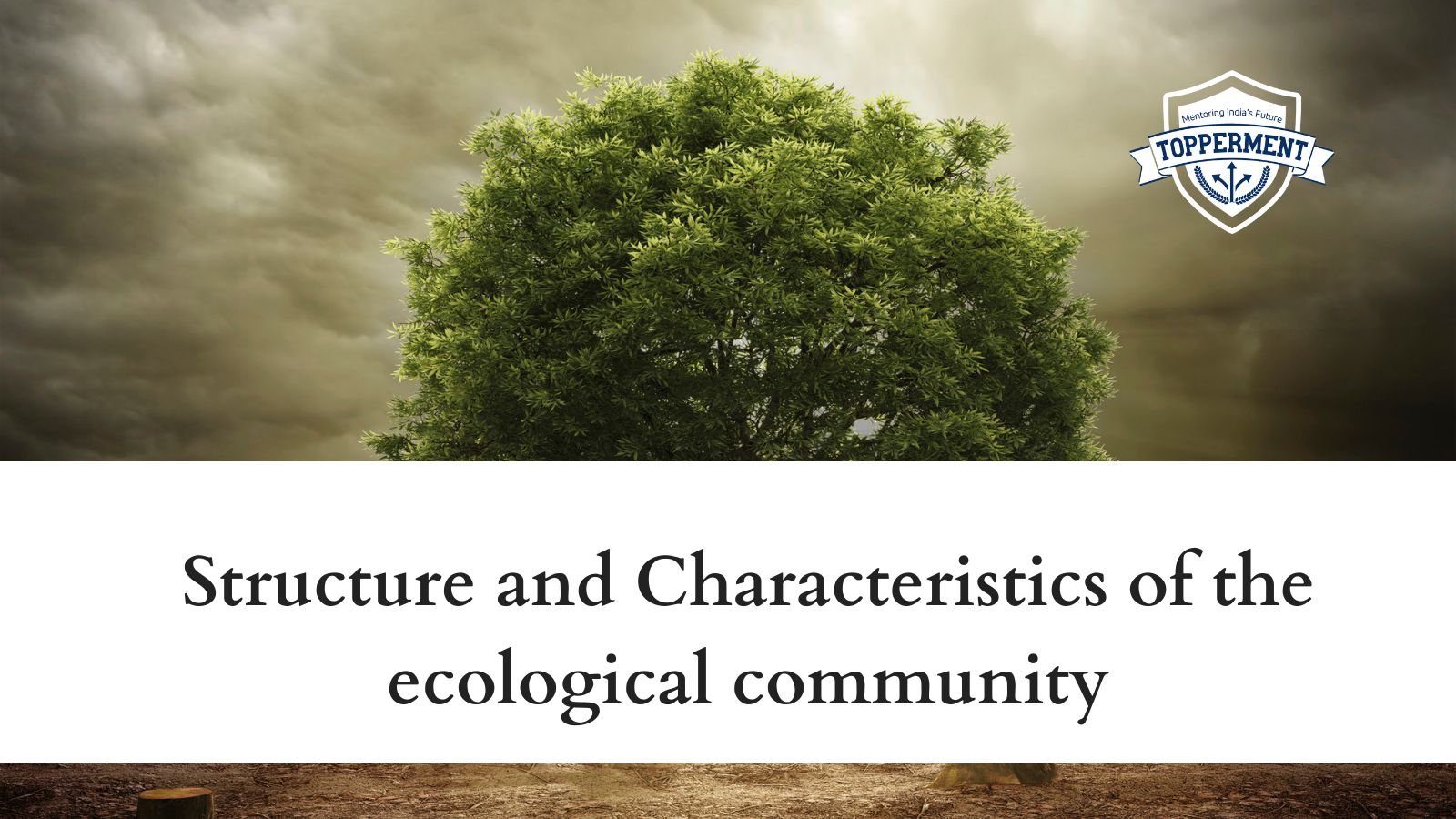A community has a population of various species like plants, animals, bacteria, and fungi. These populations work together to create a community that interacts and shares resources. Today we will be discussing in detail the structure and characteristics of the ecological community.
Several species are included in the ecological community that describes the composition of a community. The first structure of the ecological community is the trophic pyramid structure. The trophic pyramid structure is found in the biological groups.
It describes the food energy that is transferred from one food chain level to the next. The other structure is the food web which describes many species that consume both plants and animals feeding at multiple trophic levels. Animals compete for resources and engage in other interactions besides consuming one another. To establish biological communities, non trophic connections between species are essential as the food chain and food webs of trophic levels.
Characteristics of ecological community The main characteristics of an ecological community include diversity of species, growth form, and structure, dominance, self-reliance, relative abundance, and trophic structure. Other communities which are called Natural communities include deserts, forests, and a pond.
· In the diversity of species, there are different creatures including plants, animals, bacteria, and others that constitute each other.
· In growth form and structure there are primary growth forms like trees, shrubs, and herbs that can be used to analyze a community.
· In dominance, there are only a selected few species that determine a community’s characteristics. These few species dominate the community and have control over the other species.
· In self-reliance, the community has a variety of heterotrophic and autotrophic creatures that can survive by themselves.
· In relative abundance, the characteristic determines the concept that different populations in a community co-exist in relative proportions together.
· In trophic structure, each community has its trophic structure that controls food, and energy move from plants to herbivores to carnivores.
So this is all about the structure and characteristics of the ecological community. Each structure and characteristic have its significance and determines the balance of the community of ecology.
Also Read
- What Is Technology Vision Document 2035?| UPSC Science and Technology
- Terms Used for understand the space | UPSC Science and Technology
Follow Us For More Content On:
https://www.instagram.com/topperment/
Tag:Community, Dominance, Ecological Community, Environment, food energy, IAS, IFS, India, IPS, IRS, Self-reliance, Species, UPSC


